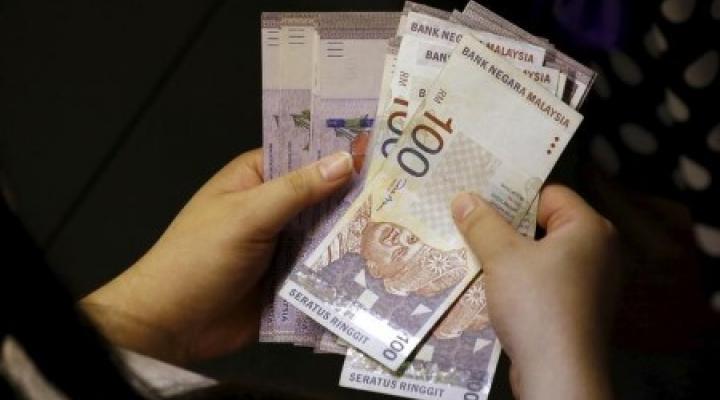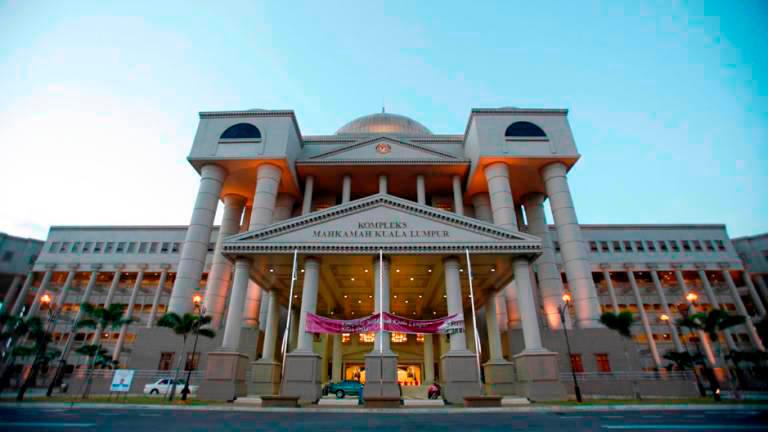PETALING JAYA: Fitch Solutions has revised its 2020 and 2021 average exchange rate forecasts to RM4.30 and RM4.20 against the US dollar, respectively, from RM4.35 and RM4.25 previously as a recovery in commodity prices, especially crude oil, is likely to limit the extent of weakness in the ringgit in the short term.
“We maintain our view for the ringgit to average stronger in 2021 as the global economy will likely be in a stronger footing,“ it said in a commentary.
On the short-term (three to six months) outlook, Fitch said the ringgit has recovered from the selloff in Q1’20 since its last update on the currency published on March 27, recording a 3% recent rally in June trading at RM4.275 as of June 26 compared to RM4.365 at the end of May.
However, the year-to-date average exchange rate has weakened significantly to RM4.248 as of June 26, from RM4.17 on March 27 as the ringgit had continued to trade in the RM4.30 and RM4.40 range between April and the end of May.
“While this weakening is broadly in line with our previous 2020 average exchange rate forecast of RM4.35 against the US dollar, we are dialing back slightly on our bearish view of the ringgit due to a better outlook for especially oil prices over the remainder of 2020. Accordingly, we have revised our 2020 average forecast to RM4.30.”
Fitch Solutions expects Brent crude prices to average US$40 a barrel, from US$33 previously, and significantly lower than the government assumption of US$63 in 2020. While the year-to-date average Brent crude price stands at US$42.25 a barrel as of June 24 means its forecast of US$40 a barrel still implies some downside risks, the extent of the negativity has been much reduced.
“Beyond crude oil, we also expect a still muted but nonetheless, brightening outlook for the prices of other key export commodities to support the ringgit against further weakness. In particular, we expect higher average palm oil prices in 2020 (RM2,300/tonne) compared to 2019 (RM2,150/tonne). This should provide support to Malaysia’s terms of trade over the coming months and put a floor under the ringgit.”
Furthermore, it expects the generally dovish monetary policy stance taken by major central banks across the globe to offset the depreciatory pressure from Bank Negara Malaysia’s (BNM) rate cutting cycle. It expects BNM to undertake aggressive easing of the Overnight Policy Rate to 1% in 2020, from the current rate of 2% as of June 24.
On the long-term (six to 25 months) outlook, it continues to expect the ringgit to trade in the weaker half of its long-term trading range between RM3.80 and RM4.50 against the US dollar, but see prospects for a stabilisation of the unit in 2021, in line with its view for the global economy to begin recovering in late Q4’20.
The increasing extent to which the ringgit is becoming undervalued in 2020 will also provide a cushion against deeper depreciation in 2021.
“We see heavy downside risks to both our short- and long-term forecasts, especially in the event of a second wave of infections serious enough to spark another round of lockdown measures in the world’s major economies, or in Malaysia,“ said Fitch.
It added that any disruption to the tentative recoveries indicated by high frequency data in June would put more pressure on Malaysia’s economy and further sap risk sentiment around the world, threatening the ringgit further.















